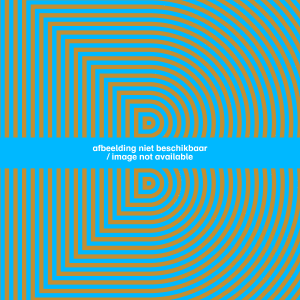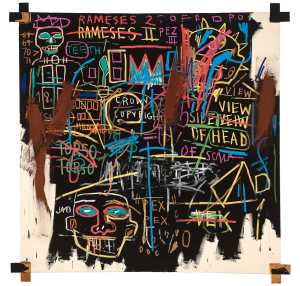Specifications
| Title | L'idole |
|---|---|
| Material and technique | Gelatine silver print on fibre-based paper, hand-coloured |
| Object type |
Photograph
> Two-dimensional object
> Art object
|
| Location | This object is in storage |
| Dimensions |
Height 14,5 cm Width 14 cm |
|---|---|
| Artists |
Artist:
Hans Bellmer
|
| Accession number | 3396 (MK) |
| Credits | Purchased 1996 |
| Department | Modern Art |
| Acquisition date | 1996 |
| Creation date | in 1937 |
| Provenance | Galerie Cokkie Snoei, Rotterdam 1996 |
| Exhibitions | Bruges 1999; London/Rotterdam/Bilbao 2007-08; Rotterdam 2015b |
| Internal exhibitions |
Collectie - surrealisme (2017) |
| External exhibitions |
Dal nulla al sogno (2018) |
| Research |
Show research A dream collection - Surrealism in Museum Boijmans Van Beuningen |
| Literature | Dourthe 1999, p. 76; Paris 2006, pp. 103, 246; Munich 2006, p. 273, cat. no. 37; Rotterdam 2015, cat. no. 6, p. 7 |
| Material | |
| Object | |
| Technique |
Gelatine silver print
> Bromide print
> Photographic printing technique
> Mechanical
> Planographic printing
> Printing technique
> Technique
> Material and technique
|
| Geographical origin | Germany > Western Europe > Europe |























